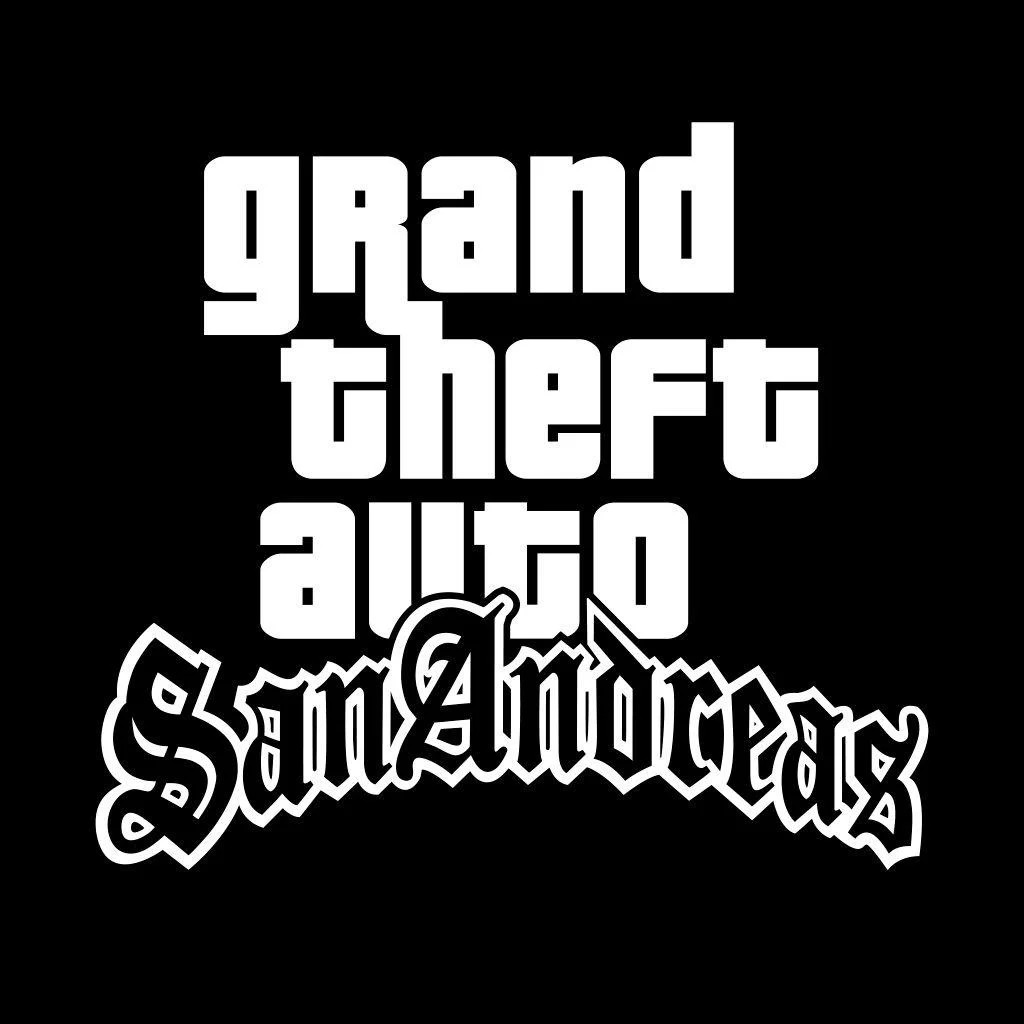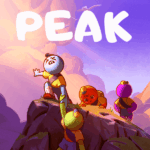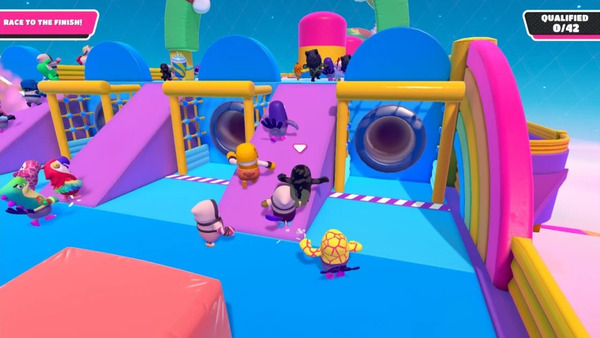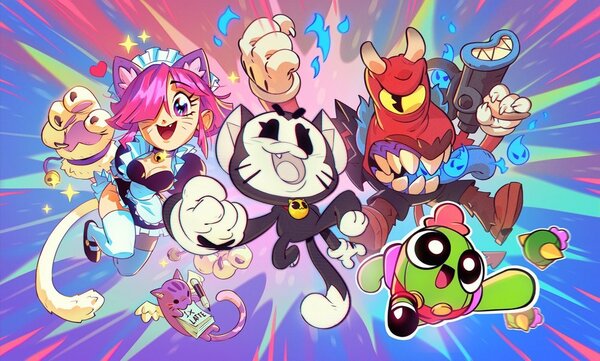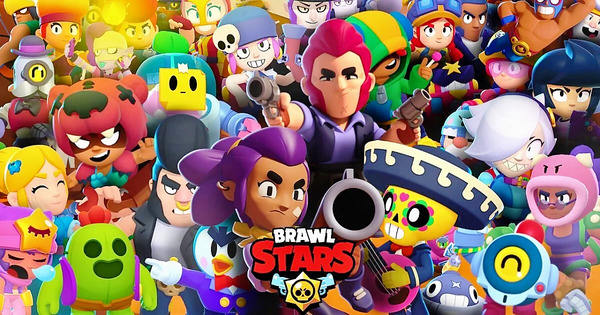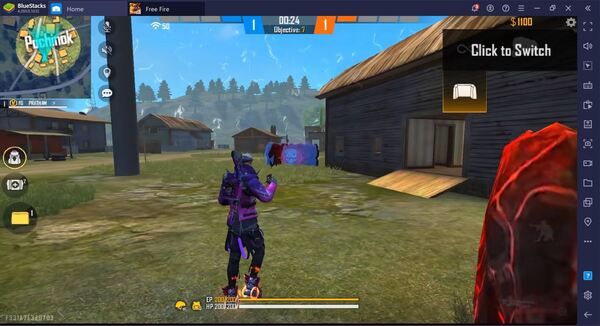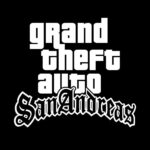GTA: San Andreas — The Timeless Open-World Classic That Redefined Gaming
In the pantheon of video game legends, Grand Theft Auto: San Andreas stands as one of the most influential and beloved titles ever created. Developed by Rockstar North and released in 2004, GTA: San Andreas pushed the boundaries of what was possible in open-world gaming at the time. Its sprawling setting, deep storyline, cultural resonance, and sheer volume of content made it a defining title of the PlayStation 2 era and beyond.
This deep dive explores the origins, mechanics, legacy, and lasting impact of GTA: San Andreas, examining why it continues to captivate players two decades after its debut.
The Birth of San Andreas: Rockstar’s Most Ambitious Project Yet
A Sequel with Serious Upgrades
Following the massive success of GTA III and Vice City, expectations were sky-high for Rockstar’s next installment. With GTA: San Andreas, released in October 2004, Rockstar delivered not just a new game but an open-world revolution. The developers expanded every facet: map size, storyline depth, character customization, and side activities.
Inspired by 1990s California Culture
San Andreas is a fictional state modeled after California and Nevada, capturing the urban struggle, gang conflicts, and hip-hop culture of the early 1990s. The game’s protagonist, Carl “CJ” Johnson, returns home to Los Santos after his mother's murder and becomes entangled in a world of crime, corruption, and personal redemption.
Setting and World Design: Three Cities, One Massive Playground
The Tri-City Map
San Andreas is divided into three primary cities:
-
Los Santos (based on Los Angeles)
-
San Fierro (San Francisco)
-
Las Venturas (Las Vegas)
Each city features unique:
-
Architecture
-
Local culture
-
Crime dynamics
-
Terrain and vehicles
This massive map was five times larger than Vice City and seamlessly connected by rural highways, mountains, deserts, and forests.
Realism in Design
Rockstar added NPC schedules, weather cycles, and day/night changes, enhancing immersion. For the time, San Andreas felt like a living, breathing world, not just a backdrop for chaos.
Storyline and Characters: Crime, Brotherhood, and Betrayal
CJ's Journey
The narrative follows CJ’s evolution from a reluctant gang member into a powerful crime lord. Along the way, he rebuilds his family, earns new allies, and faces betrayals that change his fate.
Key story elements include:
-
Reclaiming Grove Street from rival gangs
-
Taking down crooked cops like Officer Tenpenny (voiced by Samuel L. Jackson)
-
Expanding criminal influence across the state
A Diverse Cast
The game features over 100 voiced characters, including:
-
Big Smoke and Ryder (childhood friends with hidden motives)
-
Cesar Vialpando (CJ’s loyal brother-in-law)
-
Wu Zi Mu (a blind yet brilliant Triad boss)
These relationships elevate the emotional stakes and world depth.
Gameplay Mechanics: Open-World Freedom at Its Finest
Core Systems
San Andreas blends third-person shooting, driving, and melee combat in a sandbox-style world. Key gameplay features:
-
Mission-based progression
-
Free roaming with no time limits
-
Skill growth for weapons, stamina, and driving
RPG Elements
GTA: San Andreas was the first GTA to introduce:
-
Character customization (haircuts, tattoos, clothes)
-
Muscle and fat stats
-
Dating and friendships
-
Property ownership and businesses
This made CJ feel like a truly player-owned avatar, not just a fixed character.
Vehicles, Weapons, and Exploration
Massive Arsenal and Vehicle Variety
Players could access:
-
Over 200 vehicles, including bikes, cars, boats, planes, and tanks
-
Weapons ranging from pistols and shotguns to rocket launchers and flamethrowers
-
Hidden collectibles and rampage side missions
Driving physics were improved from past games, with off-road, stunt, and racing mechanics.
Aircraft and Flight Mechanics
For the first time in the series, players could fly planes and jets, opening a new dimension of exploration and verticality across the vast map.
Mini-Games and Side Activities
Endless Replay Value
San Andreas was packed with non-mission content:
-
Gym workouts and eating challenges
-
Basketball and pool
-
Gambling and casino games
-
Taxi, firetruck, vigilante, and pimping missions
Players could easily sink hundreds of hours without even touching the main story.
Customization and Style
You could dress CJ in:
-
Streetwear, suits, or silly costumes
-
Accessories like chains, watches, and glasses
-
Tattoos, hairstyles, and facial hair
NPCs would react differently depending on CJ’s look, adding social dynamics.
Soundtrack and Cultural Impact
A Legendary Audio Experience
The in-game radio stations spanned genres and eras:
-
Radio Los Santos (90s West Coast hip-hop)
-
K-Jah West (Reggae)
-
Radio X (Alternative rock)
-
Bounce FM (Funk)
These tracks defined the vibe of the game and elevated immersion.
Reflecting the Real World
GTA: San Andreas mirrored real issues:
-
Gang warfare in 90s Los Angeles
-
Police brutality
-
Systemic inequality and racism
-
Urban vs. rural divides
It sparked debate, admiration, and criticism—cementing it as more than just a game.
Modding and Legacy in the Gaming Community
PC Modding Culture
The PC release in 2005 allowed players to:
-
Create custom missions
-
Add new cars, weapons, or graphics packs
-
Build total conversion mods
Mods like Multiplayer SA:MP and realistic ENB shaders extended the game’s life for decades.
Influence on Modern Open-World Games
San Andreas inspired:
-
The open design of Red Dead Redemption
-
RPG elements in GTA V
-
Player agency in Cyberpunk 2077 and Watch Dogs
It helped redefine the genre and influenced countless developers.
Pros and Cons of GTA: San Andreas
Pros
✅ Massive open world with varied environments
✅ Deep and emotional narrative
✅ Huge variety of vehicles, missions, and mini-games
✅ Innovative RPG mechanics and player customization
✅ Iconic soundtrack and voice acting
✅ Legendary modding community
Cons
❌ Outdated graphics by today’s standards
❌ Clunky shooting mechanics in some missions
❌ Occasional bugs and mission glitches
❌ Inconsistent checkpoint system
❌ Steep learning curve for flying vehicles
Expert Rating of GTA: San Andreas
| Feature Area | Score (Out of 10) |
|---|---|
| Storyline and Characters | 9.5 |
| Open-World Design | 9.7 |
| Gameplay Variety | 9.6 |
| Customization | 9.4 |
| Graphics (Original/Remaster) | 7.5 |
| Soundtrack and Audio | 9.8 |
| Replayability | 9.7 |
| Cultural Impact | 10.0 |
| Overall Rating | 9.5 / 10 |
GTA: San Andreas – Remastered and Revisited
The Definitive Edition (2021)
Rockstar released a remastered version bundled with GTA III and Vice City. While it featured:
-
Updated lighting and textures
-
Improved controls and targeting
-
Cross-platform support (including mobile and Switch)
It also faced criticism for:
-
Numerous bugs and crashes
-
Art style inconsistency
-
Missing original features or songs
Community feedback prompted multiple patches, though the original version remains a favorite among purists.
Mobile Port and Continued Popularity
GTA: San Andreas has become one of the most downloaded paid mobile games, proving its enduring appeal. Whether on Android, iOS, PC, or console, CJ’s journey continues to resonate.
Conclusion: GTA: San Andreas Is a Timeless Masterpiece
GTA: San Andreas isn’t just a nostalgic trip—it’s a landmark title that shaped gaming history. Its rich narrative, unmatched world design, and depth of interactivity make it one of the most important open-world games ever made. Whether you're revisiting it or discovering it for the first time, San Andreas offers an unforgettable experience packed with chaos, heart, and style.
In a time where games are judged by live services, microtransactions, and battle passes, San Andreas reminds us of an era when a game’s soul was measured in freedom, story, and exploration. And in that regard, it still wears the crown.
